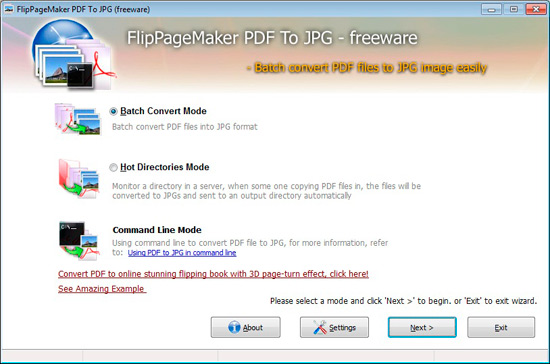Adobe Postscript 3 Font Set Download
Posted By admin On 10/03/18Can anyone provide me with a PostScript file that shows all the dictionaries and/or resources that are necessary to download a CID font into a PostScript. /FontType 11 def /CIDFontName /Tuffy def /CIDSystemInfo 3 dict dup begin /Registry (Adobe) def /Ordering (Identity) def /Supplement 0 def end def. Jan 18, 2015 Hi, I'd like to have the font 'Carta' for use in InDesign, and have tried to find it via Typekit's Search feature, but without success. How do I get.

Contents • • • • • • • • • • • • • • • • • • • • • • • • • • • • • • • • • • • • • • • • • • • • • • • History [ ] and fonts, though introduced by Adobe in 1984 as part of the page description language, did not see widespread use until March 1985 when the first laser printer to use the PostScript language, the, was introduced. Even then, in 1985, the outline fonts were resident only in the printer, and the screen used bitmap fonts as substitutes for outline fonts. Although originally part of PostScript, Type 1 fonts used a simplified set of drawing operations compared to ordinary PostScript (programmatic elements such as loops and variables were removed, much like ), but Type 1 fonts added to help low-resolution rendering. Originally, Adobe kept the details of their hinting scheme undisclosed and used a (simple) encryption scheme to protect Type 1 outlines and hints, which still persists today (although the encryption scheme and key has since been published by Adobe). Lps 1 2 3 Public Deluxe Iso 9000. Despite these measures, Adobe's scheme was quickly reverse-engineered by other players in the industry. Adobe nevertheless required anyone working with Type 1 fonts to license their technology.
Type 3 fonts allowed for all the sophistication of the PostScript language, but without the standardized approach to hinting (though some companies such as ATF implemented their own proprietary schemes) or an encryption scheme. Other differences further added to the confusion. The cost of the licensing was considered very high at this time, and Adobe continued to stonewall on more attractive rates. It was this issue that led Apple to design their own system,, around 1991. Immediately following the announcement of TrueType, Adobe published ”Adobe type 1 font format”, a detailed specification for the format.
Font development tools such as added the ability to create Type 1 fonts. The Type 2 format has since been used as one basis for the modern Format. Technology [ ] By using (PS) language, the glyphs are described with (as opposed to the of ), and thus a single set of glyphs can be resized through simple mathematical transformations, which can then be sent to a PostScript-ready.
Because the data of Type 1 is a description of the outline of a glyph and not a (i.e. A ), Type 1 fonts are commonly referred to as 'outline fonts,' as opposed to. For users wanting to preview these typefaces on an electronic display, small versions of a font need extra and to look legible and attractive on screen. This often came in the form of an additional bitmap font of the same typeface, optimized for screen display.
Otherwise, in order to preview the Type 1 fonts in typesetting applications, the utility was required. Font type [ ] Type 0 [ ] Type 0 is a 'composite' font format - as described in the PostScript Language Reference Manual, 2nd Edition. A composite font is composed of a high-level font that references multiple descendent fonts. Type 1 [ ] PostScript Type 1. • &:.,.pfm,.afm •:.pfm,.,.inf (Optional files). •:.ofm Mac: LWFN (prn/outline-data/Mac-bitmap). Printer ( prn) outline ( FOND/bitmap).
Ffil (display). FFIL (/screen).
Developed by Type of format Extended to.otf ( PostScript). Type 1 (also known as, PostScript Type 1, PS1, T1 or Adobe Type 1) is the font format for single-byte digital fonts for use with Adobe Type Manager software and with PostScript printers. It can support.
It was originally a proprietary specification, but Adobe released the specification to third-party font manufacturers provided that all Type 1 fonts adhere to it. Type 1 fonts are natively supported in Mac OS X, and in Windows 2000 and later via the GDI API. (They are not supported in the Windows GDI+, WPF or DirectWrite APIs.) Type 2 [ ] Type 2 is a character string format that offers a compact representation of the character description procedures in an outline font file. The format is designed to be used with the Compact Font Format (CFF).